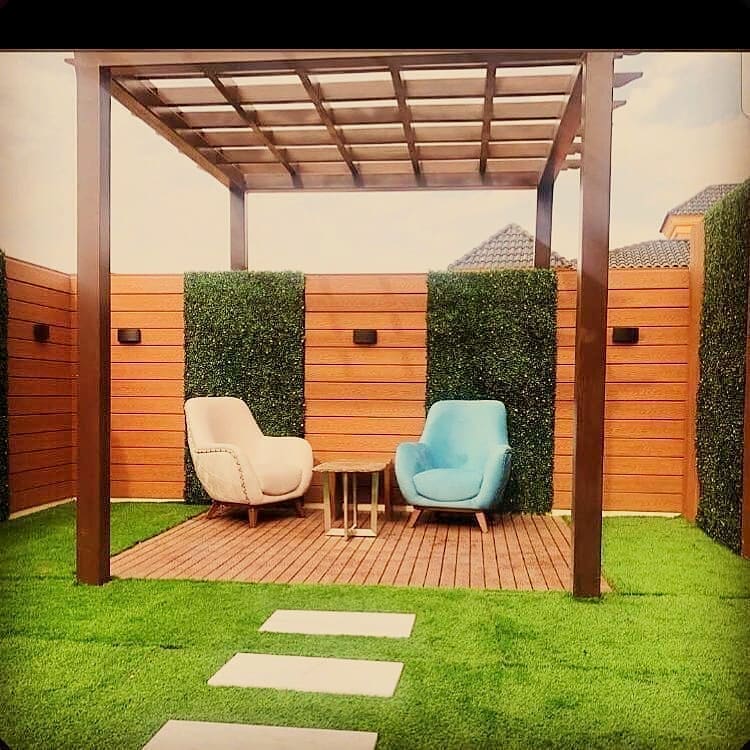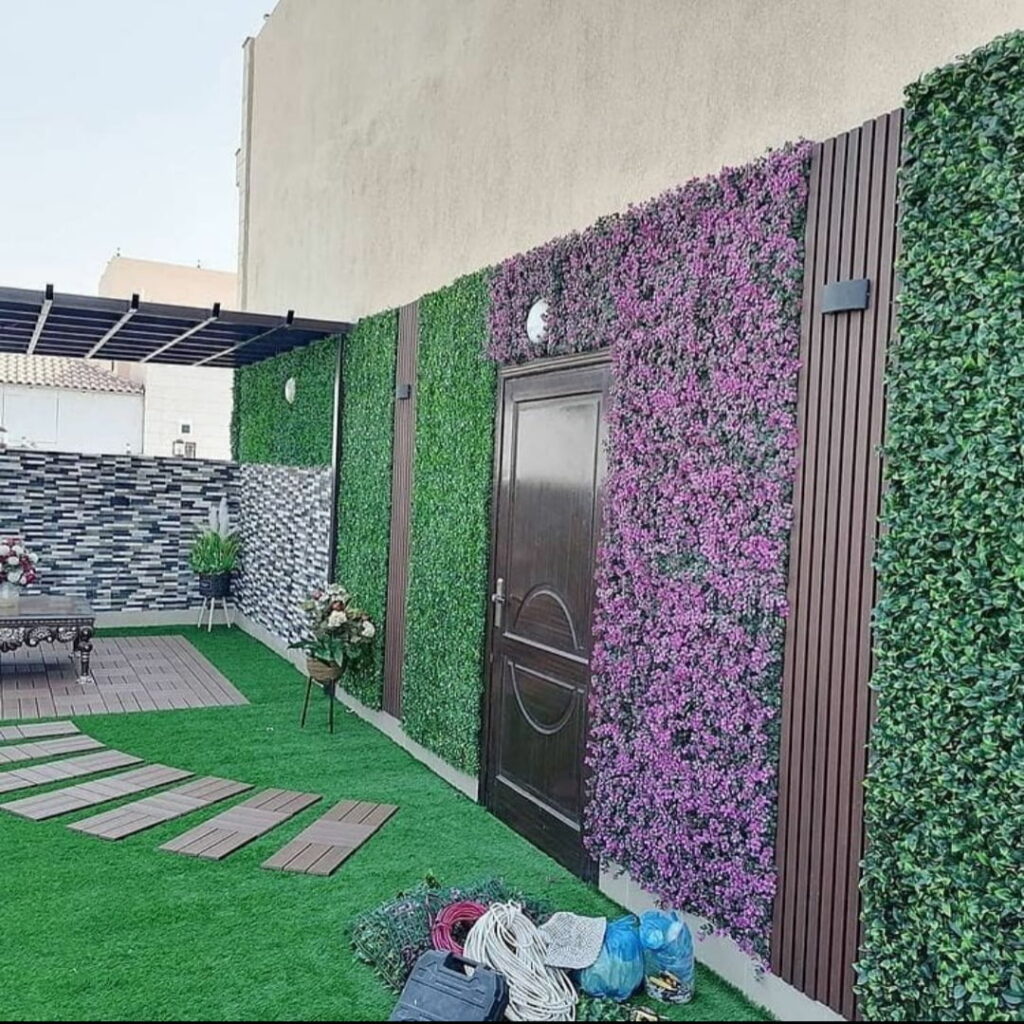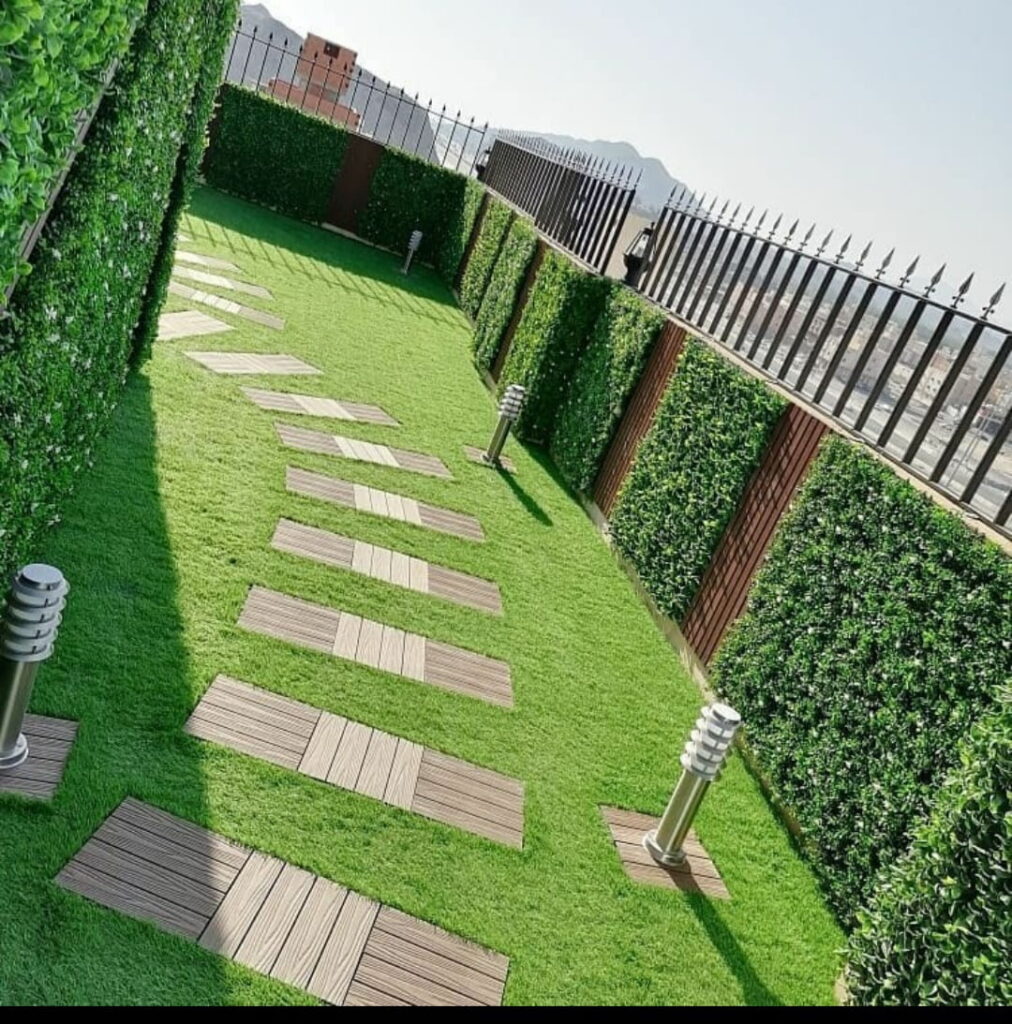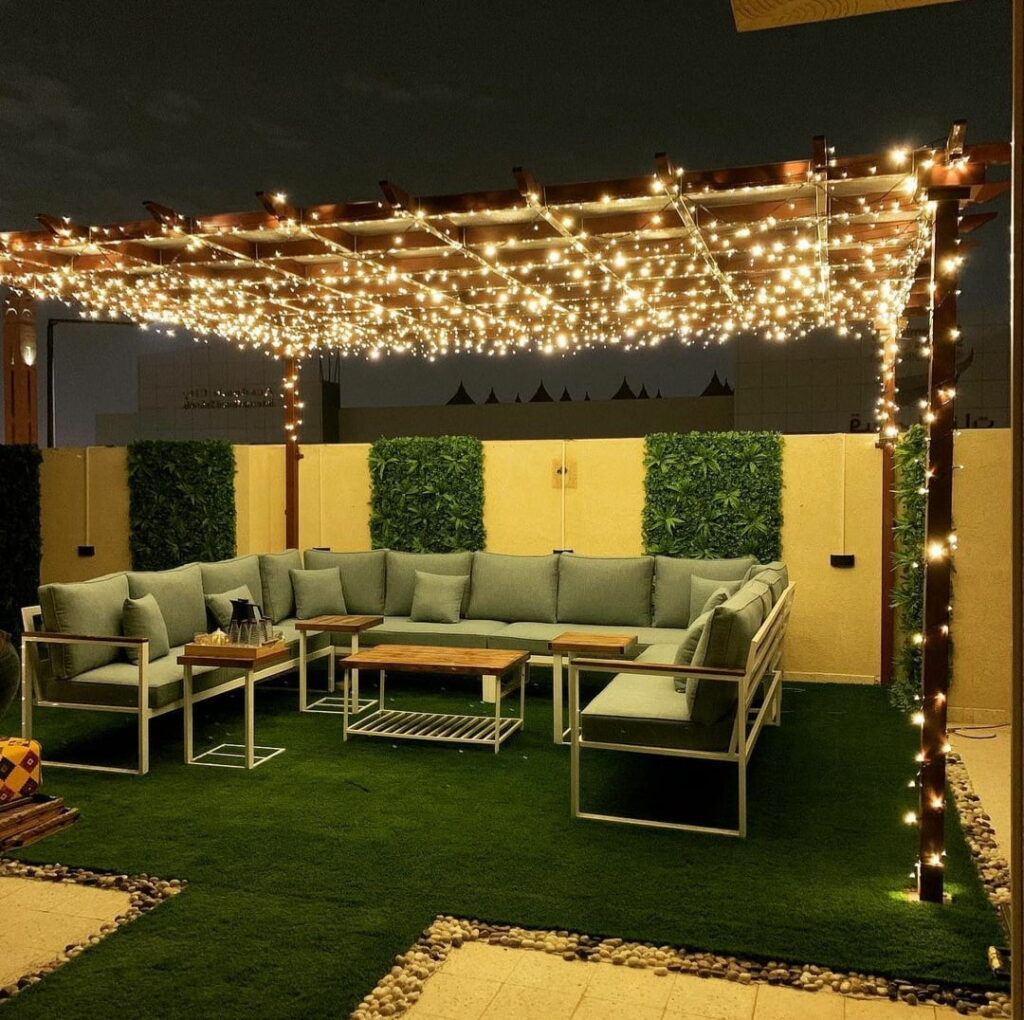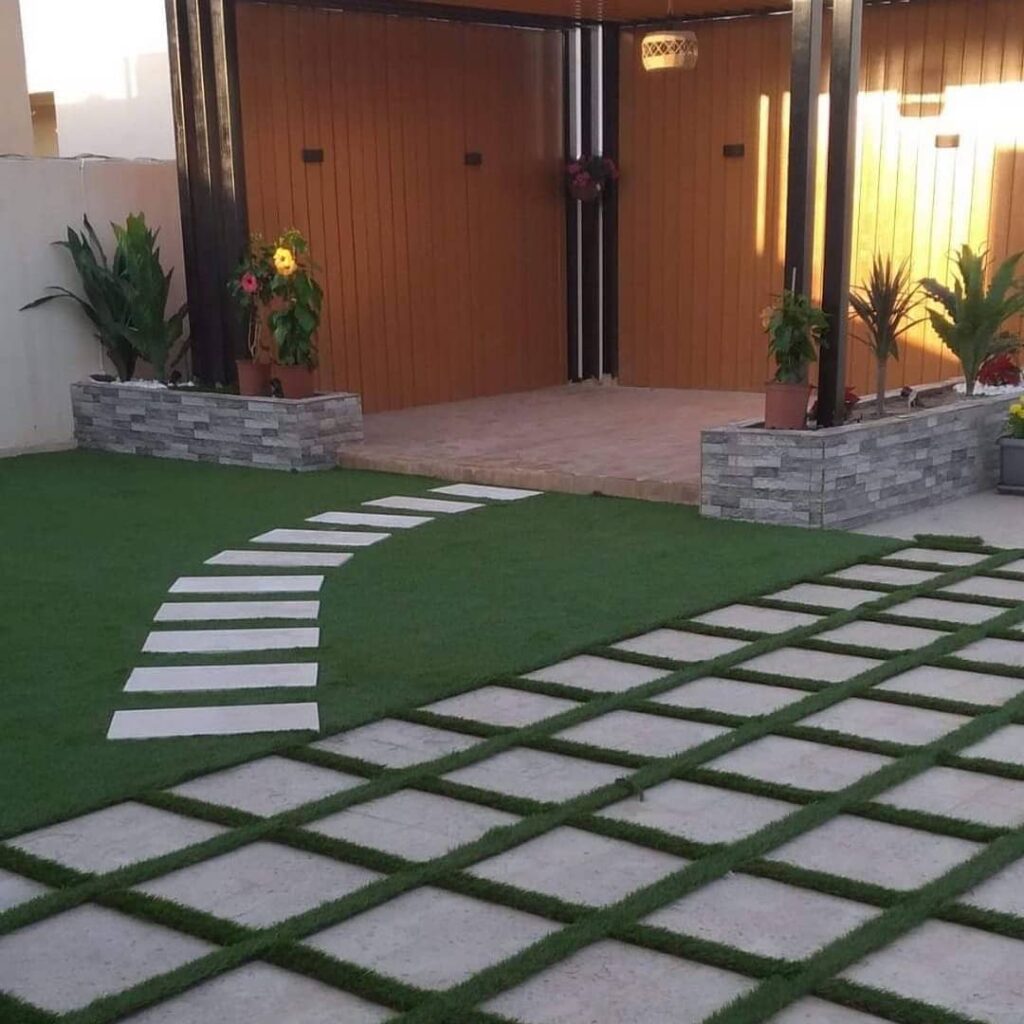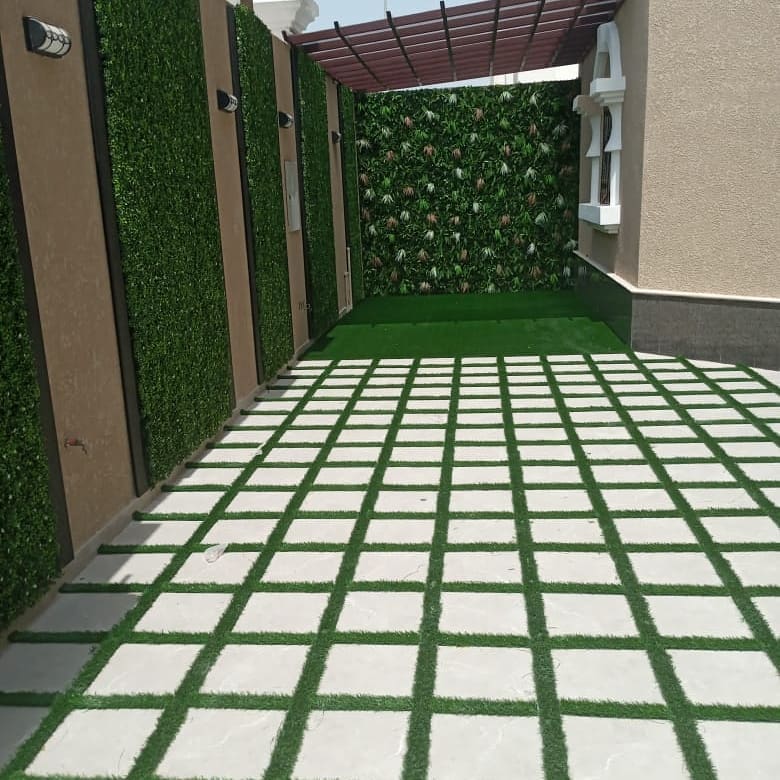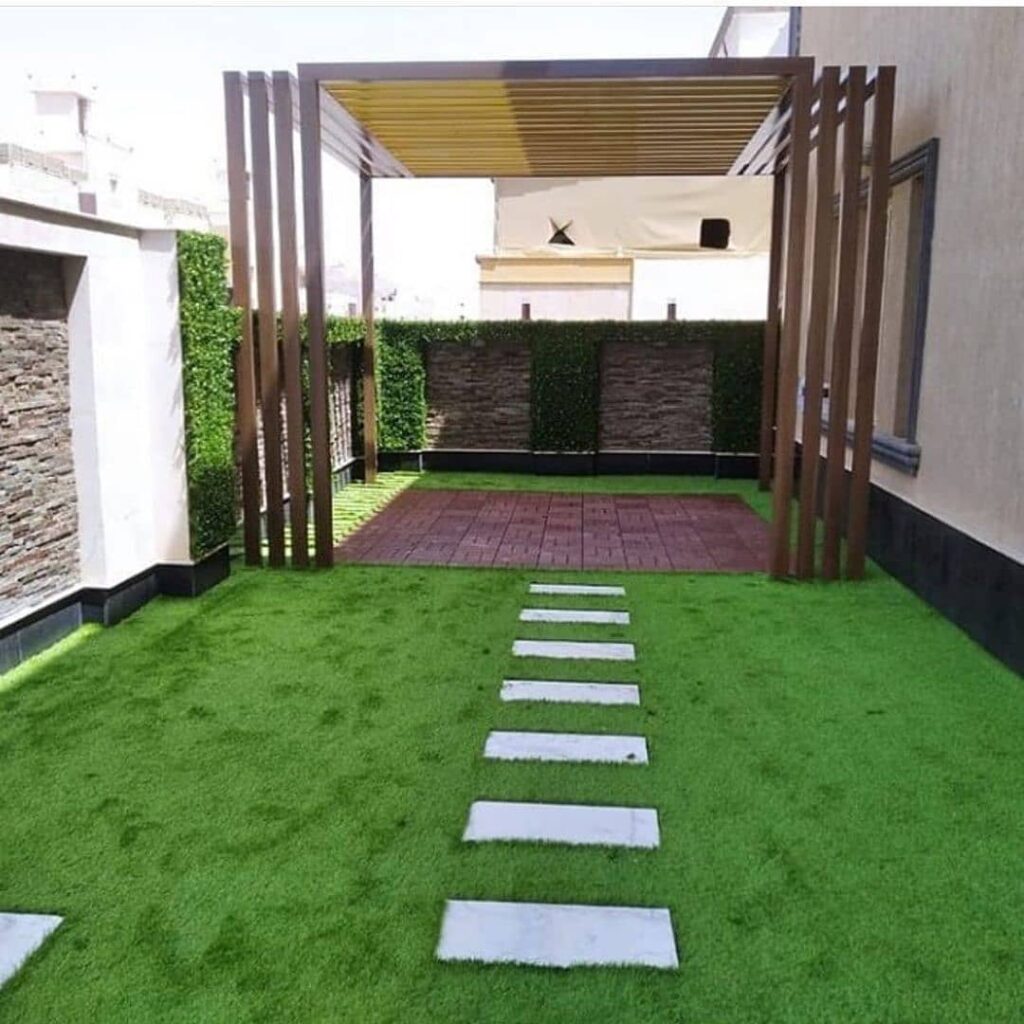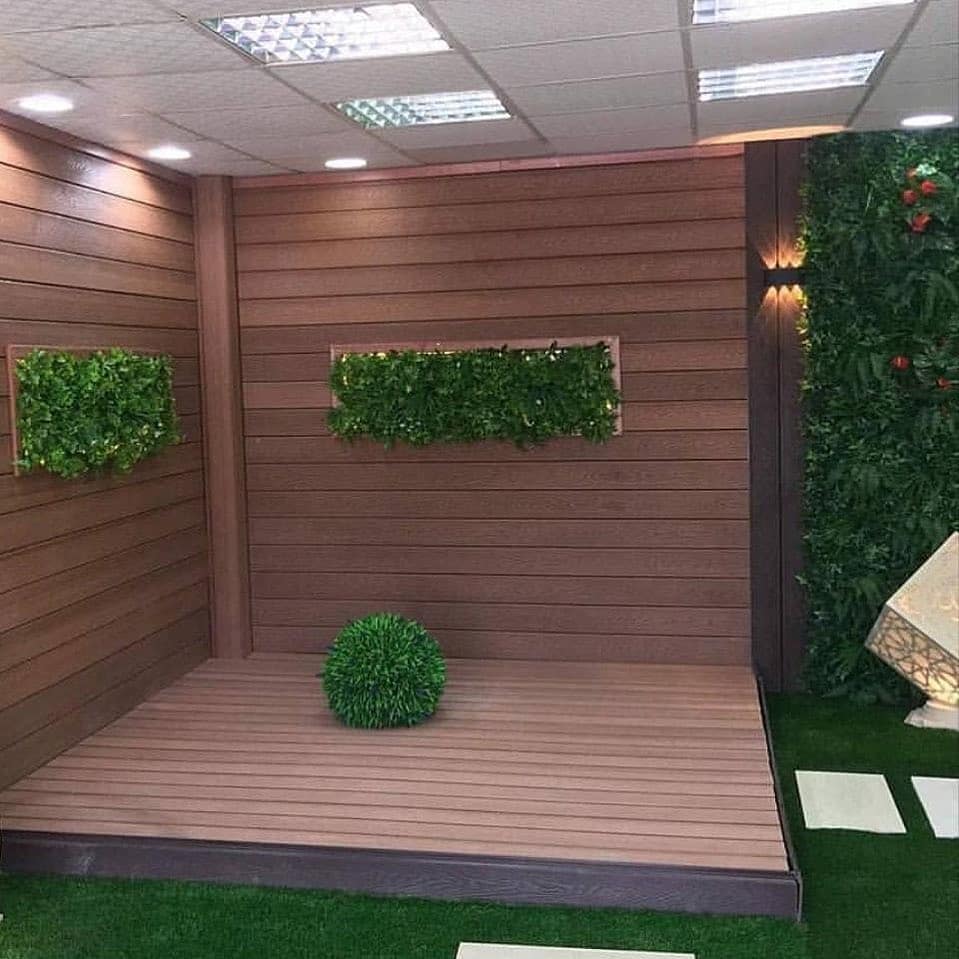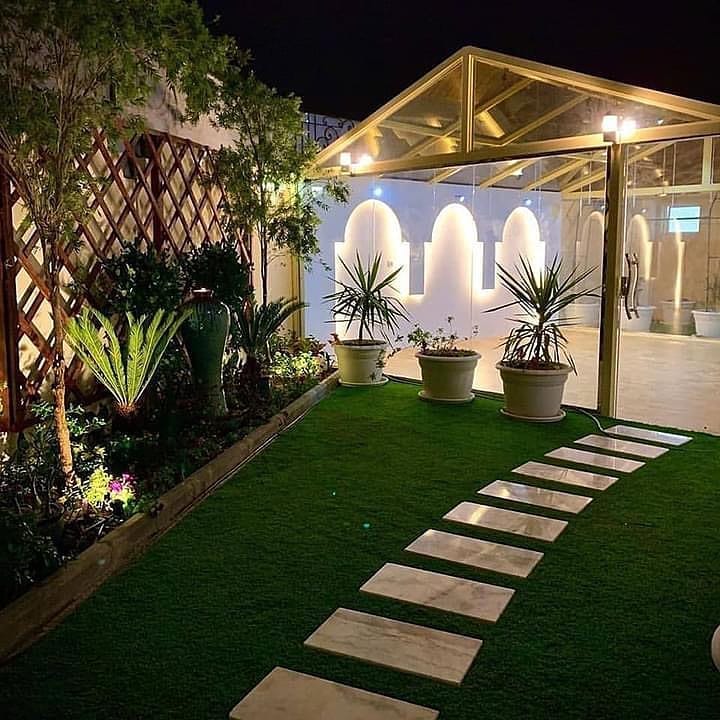Landscaping Company in riyadh
Parks and attractive landscapes are one of the most important elements that reflect the beauty of modern cities. They provide a comfortable and enjoyable environment for adults and children, and encourage recreational activities such as hiking, sports, and children’s games. In addition, they contribute to improving mental and physical health.
Garden and Landscape Design Company The Importance of Garden and Landscape Design Attractive gardens and landscapes are among the most important elements that reflect the beauty of modern cities. They provide a comfortable and enjoyable environment for both adults and children, encouraging recreational activities such as walking, exercising, and children’s games. Additionally, they contribute to improving mental and physical health. If you are looking for a reliable company to implement professional garden designs, Home Garden is the ideal choice. We offer outstanding garden and landscape design services in the Kingdom of Saudi Arabia.
Garden and Landscape Design Services What is Landscape? Landscape is the art of designing gardens and coordinating landscapes in a way that combines beauty and practicality. The term consists of two words: “land,” meaning earth, and “scape,” meaning coordination. Landscape includes a wide range of elements such as: Fountains and waterfalls Shade structures Paths and walkways Decorative elements Types of Garden Design
- Softscape Softscape includes planting trees, shrubs, various plants, and flowers. It also includes designing irrigation systems such as: Drip irrigation Sprinkler irrigation Surface irrigation
- Hardscape Hardscape focuses on creating the infrastructure of the garden, such as: Walkways and paths Decorative sculptures Outdoor lighting
Steps for Designing and Coordinating Landscape Gardens Topography and space assessment: Heights and lows are measured using the latest tools. Design placement: Programs like Photoshop and AutoCAD are used to present the design to the client before execution. Project implementation: This includes working on irrigation systems, planting plants, and constructing hardscape and softscape. The Best Garden Design Company in Saudi Arabia Home Garden provides a specialized team of trained engineers to execute garden designs with high quality.
Elements of Landscape Garden Design
- Structural Elements Paths Green paths: Planted with foot-tolerant plants. Sand and gravel paths: Ideal for unpaved areas. Stone and tile paths: Add aesthetic and practical touches. Concrete paths: Strong and long-lasting. Fences Define spaces and enhance the beauty of the garden. They can be designed from bricks or stones according to the client’s preference. Pergolas Provide shade and comfort while adding an artistic touch to the garden. Fountains Add movement and life to the garden, available in various shapes such as fountains or ponds.
- Plants and Trees Plants and trees give a unique natural character to the garden. Options include: Palm trees Flowering shrubs Small plants
The Importance of Home Garden and Landscape Design Improving air quality by producing oxygen and absorbing harmful gases. Enhancing mental well-being by providing quiet places for relaxation. Encouraging healthy activities such as walking and running.
Get High-Quality Garden Design Services If you are looking for professional garden design that suits your taste and budget, contact Home Garden, the leading company in garden and landscape design in Saudi Arabia.
Landscape Design and Garden Coordination Services Home Garden offers a wide range of services related to landscape design and garden coordination to ensure clients get the gardens they dream of. These services include: Designing and implementing home gardens: Home gardens are designed based on clients’ needs and specific tastes, focusing on effective use of garden space. Villa and palace garden coordination: Gardens of villas and palaces are a symbol of luxury and beauty, designed in a distinctive style that combines green spaces, fountains, and luxurious seating areas. Supplying and planting trees and plants: The company provides a variety of flowering trees, plants, and shrubs suitable for different environments and seasons. Designing modern irrigation systems: The company’s services include designing drip or sprinkler irrigation systems, helping conserve water while ensuring healthy plant growth. Executing hardscape works: Hardscape includes designing and implementing paths, fences, seating areas, in addition to pergolas, waterfalls, and fountains. 3D garden design: Using modern technology, gardens are designed with 3D techniques to showcase the final vision before execution begins. Sustainable garden design: The company focuses on using eco-friendly materials and sustainable designs that help conserve resources while reducing long-term costs.
The Importance of Choosing a Professional Garden Design Company Choosing a specialized garden design company is essential for achieving satisfactory results, as professional companies provide the expertise and knowledge to execute projects with high quality, in addition to: Offering innovative designs that suit available spaces. Adhering to project deadlines. Using high-quality materials to ensure durability. Continuously monitoring plant growth and addressing any issues that arise. Providing personalized consultations to ensure that the garden reflects the client’s lifestyle while meeting their practical and aesthetic needs.
Tips for Caring for Home Gardens Even after implementing the garden, regular maintenance is required to ensure its beauty and vitality.
Here are some important tips for caring for home gardens: Regular watering: Ensure plants are watered regularly while avoiding overwatering to prevent root rot. Smart irrigation systems are preferred to enhance water efficiency.
Fertilizing: Use appropriate organic or chemical fertilizers to improve soil quality and promote plant growth. Pruning: Regularly prune plants to remove dead or diseased parts, encouraging healthy aesthetic growth. Pest protection: Use natural or chemical pesticides to protect plants from harmful insects and diseases. Garden cleaning: Keep the garden clean by regularly removing fallen leaves and weeds.
Adding aesthetic touches: Refresh the garden by adding seasonal plants, colorful flowers, or outdoor lighting that creates a special ambiance in the evening.
Benefits of Creating Home Gardens
Home gardens are not just green spaces that add beauty to homes; they offer numerous benefits including: Enhancing mental and physical health: Studies have shown that spending time in green spaces helps reduce stress and improve mood. Gardening is also considered beneficial physical activity.
Air purification: Plants contribute to improving air quality by absorbing carbon dioxide and producing oxygen, creating a healthy environment inside and around the home.
Providing a natural food source: If you grow vegetables and fruits in your garden, you will enjoy fresh, healthy products free from chemicals.
Social interaction: Home gardens provide an ideal space for family gatherings and meetings with friends, enhancing social bonds.
Increasing property value: An attractive garden design adds extra value to the home, making it more appealing if you decide to sell it in the future.
Innovative Ideas for Designing Home Gardens If you are looking for new ideas for your garden design, here are some suggestions:
Vertical gardens: Ideal for small spaces, where plants can be grown on walls using hanging pots or specially designed structures.
Relaxation corner: Dedicate a corner in the garden for placing comfortable seating or a hammock to enjoy reading or relaxing amidst nature.
Adding a fountain or water pond: The sound of flowing water adds a calming atmosphere while helping cool the environment.
Stone pathways: Use natural stones to design paths between plants, giving an elegant appearance to the garden.
Outdoor lighting: Strategically distribute lighting to enhance the beauty of the garden at night while adding a romantic ambiance.
Seasonal Maintenance Plans for Gardens To maintain a flourishing garden throughout the year, seasonal differences must be considered regarding:
Choosing suitable plants for each season: Plant resilient species that can withstand each season’s climatic conditions to ensure they remain healthy.
Adapting to climate changes: Ensure proper covering for sensitive plants during cold seasons while watering them adequately during hot summers.
Rearranging the garden: Redistribute beds and plants to achieve aesthetic balance across different seasons. Seasonal fertilizers: Use fertilizers that meet each season’s plant needs to enhance growth and flowering
The Importance of Choosing Suitable Plants for Your Home Garden Careful selection of plants is one of the most important factors for successful garden design. To achieve this: Know your soil type: Analyze the soil to determine whether it is sandy, clayey, or a suitable mixture, choosing plants that fit its characteristics. Consider local climate: Choose plants that can tolerate temperature and humidity levels in your area. For example, cacti are suitable for hot regions while tropical plants prefer humid environments.
Balance between flowering and evergreen plants: Ensure an integration of flowering plants with evergreens for an attractive appearance year-round.
Choose low-maintenance plants: If you are busy, select plants that do not require daily care such as succulents or drought-resistant native plants.
How to Transform Small Spaces into Beautiful Gardens Even if you have limited space
you can create a stunning garden by following these ideas: Using colorful pots: Choose brightly colored pots to decorate balconies or small areas. Vertical planting: Create shelves or use walls to hang pots, saving horizontal space. Using hanging plants: Place hanging pots with trailing plants for added aesthetic appeal. Adding mirrors: Placing reflective mirrors in small gardens creates an illusion of larger space.
Modern Technology in Garden Design Home gardens are no longer just traditional; you can now integrate technology for a smart garden:
Smart irrigation systems: Use sensors to control watering based on plant needs and soil moisture levels. Smart lighting: Install lights that can be controlled via smartphone apps for innovative garden decoration. Planning applications: There are applications that help you design the garden virtually before executing it in reality.
Environmental conservation: Use water recycling systems, organic composting, and solar energy sources to minimize environmental impact.
Adding Personal Touches to Your Home Garden Make your garden reflect your personality and interests by: Choosing a specific theme: You can design the garden based on a specific theme such as a Japanese garden or a tropical garden.
Handmade works: Add personal touches such as building a small fountain or creating decorations from natural materials.
Planting your favorite flowers: Choose flowers with special meanings or those associated with beautiful memories.
Creating a designated area for children: If you have children, allocate a safe space containing toys and comfortable flooring.
Sustainable Community Projects in Gardens If you wish to promote sustainability, you can collaborate with your neighbors to create community projects such as:
Community garden: A shared garden within the neighborhood where families contribute by planting different species.
Environmental workshops: Organizing educational workshops for children and adults about planting care. Recycling organic waste: Collect organic waste from neighbors to use as natural fertilizer for the garden.
How to Improve Soil Quality in Your Home Garden Good soil is the foundation of a successful garden.
To improve it:
Adding organic compost: Use kitchen scraps (such as fruit and vegetable peels) to create natural compost that enriches soil with nutrients.
Improving aeration: Regularly till the soil to increase airflow and improve root absorption of water and nutrients.
Periodic soil testing: Test pH levels and nutrient content to determine necessary amendments.
Using mulch: Apply mulch made from straw or dry leaves on the soil surface to reduce water evaporation while keeping soil cool.
Eco-Friendly Plants and Their Importance Choosing eco-friendly plants enhances garden sustainability: Native plants: Plants that grow naturally in your area adapt well to local climates, reducing irrigation and fertilizer needs.
Flowering plants to attract pollinators: Such as lavender and sunflowers attract bees and butterflies, supporting biodiversity.
Shade trees: Planting large trees helps reduce temperatures providing a comfortable environment in summer.
Drought-resistant plants: Such as aloe vera and olive trees which require less water.
Ideas for Designing Unique Paths in the Garden Paths add functional beauty to any garden. You can design them innovatively by:
Using natural stones: Paving paths with irregularly shaped stones gives the garden a natural yet elegant look.
Designing wooden pathways: Using treated wood creates paths that add warmth to the overall design of the garden.
Adding lighting along pathways: Place small solar-powered lights along pathways for nighttime illumination. Incorporating flowers along the sides: Plant low-growing flowers like lilies along pathway edges for an attractive appearance.
Furniture and Decor in Home Gardens The beauty of the garden is incomplete without furniture and decor that match its nature: Choosing suitable furniture: Select weather-resistant furniture such as aluminum or high-quality plastic chairs and tables. Adding wooden benches: Wooden benches add a charming rustic touch to your garden. Water decorations: Place small fountains or ponds that add soothing water sounds to the garden. Using swings: Add small swings for children or even adults providing relaxation spots.
Herb Garden: A Functional Addition to Your Home Garden Growing herbs provides fresh ingredients for cooking while adding beauty with fragrant aromas: Easy-to-grow herbs: Plant parsley, mint, or rosemary as they require little care. Container gardening: Use small pots for herb gardening on balconies or near windows. Designating a dedicated space: Allocate an area in the garden for herb planting with small signs labeling each plant. Utilizing herbs: Use herbs in cooking or dry them for later use in teas or spices.
Adding Artistic Touches to Your Garden Art can transform your garden into a creative canvas: Small sculptures: Place nature-inspired sculptures like birds or animals. Painting on pots: Add artistic touches by painting vibrant shapes on pottery. Using recycled glass: Hang colored bottles as attractive decor. Designing flower arches: Use metal arches planted with climbing plants like jasmine or roses.
Innovative Ways to Utilize Small Spaces in the Garden Even if your garden area is limited, you can creatively utilize it: Vertical gardening: Use shelves or wooden panels to hang pots growing plants vertically saving ground space. Multi-tiered pots: Utilize multi-level gardening pots for growing herbs or small plants in compact areas. Integrated furniture usage: Choose furniture with built-in storage solutions such as benches that can store gardening tools. Hanging gardens: Install hanging baskets on walls or ceilings for trailing plants like strawberries or colorful flowers.
How to Care for Seasonal Plants Seasonal plants add diversity but require special care: Choosing suitable types: Select plants suited for current seasons matching your local climate conditions. Regular watering: Seasonal plants need consistent watering schedules especially during growth periods. Weeding: Ensure removal of weeds that may compete with seasonal plants for nutrients. Using natural fertilizers: Regularly add organic compost providing essential nutrients needed for rapid growth.
Ideas for Water Conservation in Gardens Water conservation is crucial especially in areas with limited resources: Drip irrigation system: Drip irrigation conserves water by delivering it directly to plant roots. Rainwater collection: Utilize barrels or tanks to collect rainwater for later use in watering the garden. Choosing low-water requirement plants: Plant drought-tolerant species like aloe vera or lavender. Mulching: Apply mulch around plants preserving soil moisture while reducing evaporation.
Creating Natural Habitats for Wildlife Make your garden a safe haven for wildlife by: Providing birdhouses: Add nesting boxes encouraging birds to settle in your garden. Designing small water ponds: Water ponds attract frogs and beneficial insects. Planting flowering species: Choose flowers that attract bees and butterflies like thyme or basil. Avoid using chemical pesticides: Opt for natural alternatives protecting beneficial insects and birds.
Flower Garden: How to Add Unique Colors and Scents?
Choosing coordinated colors: Select flowers with complementary colors ensuring harmonious appearances.
Growing fragrant flowers: Such as jasmine or lavender adds delightful scents.
Planting seasonal flowers: Grow flowers blooming in various seasons ensuring year-round beauty. Utilizing distinctive pots: Plant flowers in uniquely shaped artistic containers highlighting their beauty.
Integrating Technology into Garden Design
Technology can add a new level of convenience and beauty:
Smart irrigation system: Utilize systems controlled via apps optimizing water usage avoiding over-irrigation. Smart lighting: Install solar-powered lights or remotely controllable lights creating enchanting evening atmospheres.
Nature monitoring cameras: Set up small cameras documenting bird and animal activities in your garden. Soil sensors: Employ devices measuring soil moisture levels helping determine optimal watering times.
The Importance of Allocating Space for Children in Gardens Play area: Designate an area for children containing swings or climbing toys. Simple gardening activities: Encourage kids to plant easy-to-grow species like radishes or sunflowers fostering their love of nature. Painting stones: Offer children opportunities to paint stones with vibrant colors decorating the garden. Reading nook: Place comfortable seating under a tree providing special spots for children’s reading or playtime.
Home gardens reflect their owners’ nature and interests. With proper planning and attention to details like choosing suitable plants, improving soil quality, adding artistic touches, you can create your own special space that brings joy and comfort. Remember that your garden is not just a place for plants; it’s a space for relaxation and creativity.
Landscaping Service Photos
Landscaping Services
We have a variety of landscaping services, creating and designing waterfalls, building and installing fountains, and installing umbrellas
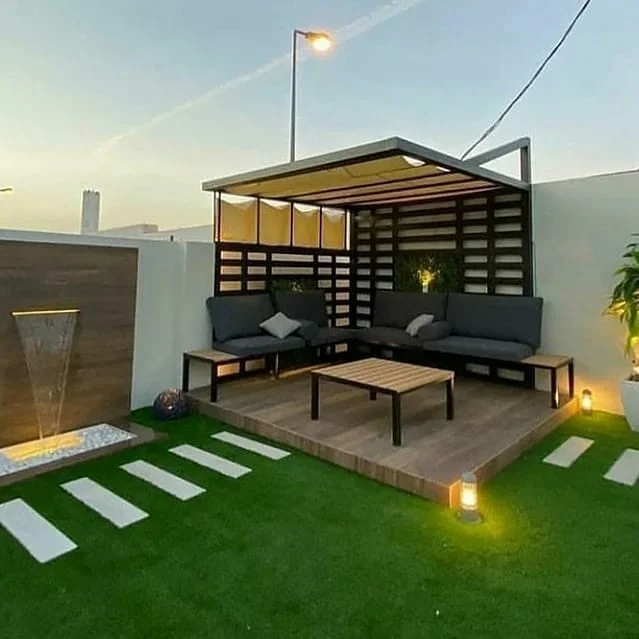
Artificial turf installation service
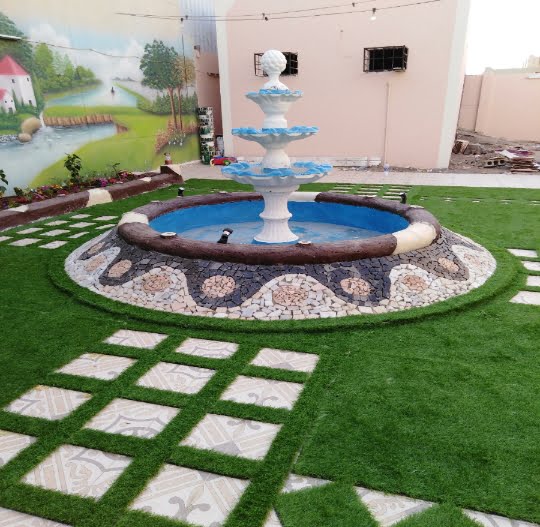
Design and installation service
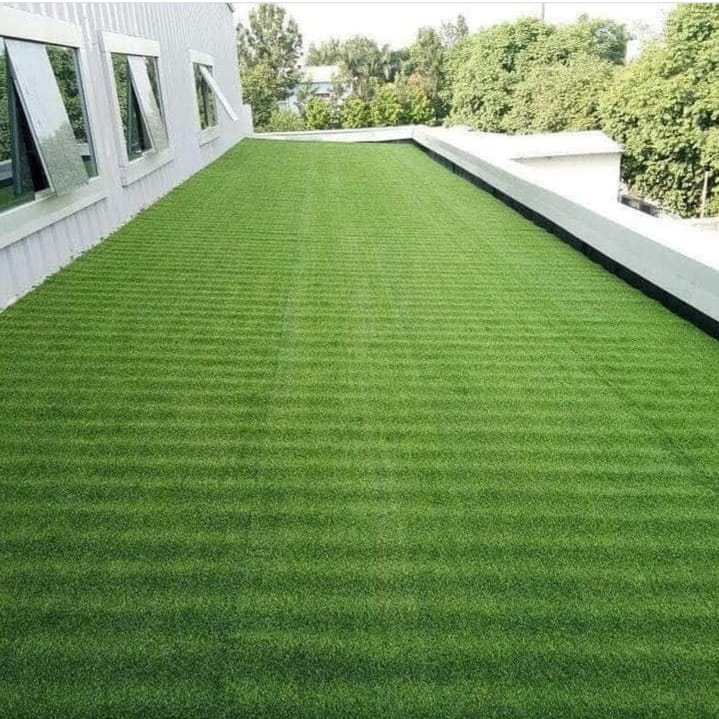
Designing outdoor garden sessions
Field Installation and Maintenance Service
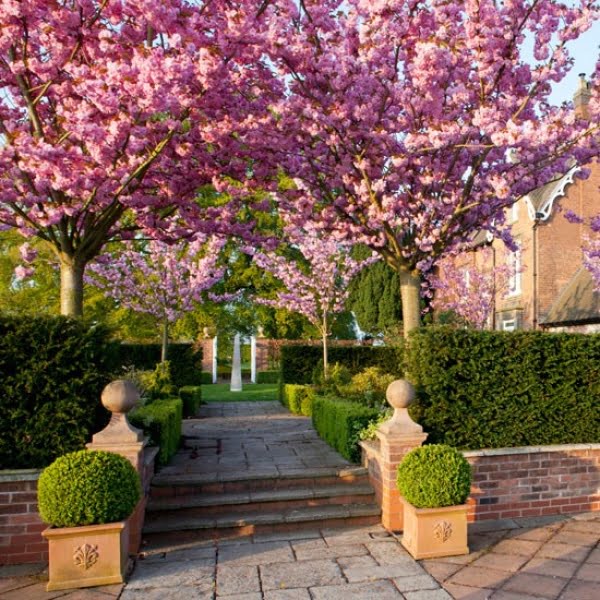
Flower, Palm and Tree Planting Service

Wood substitute: Types, Features, and Uses

Fountain Design and Installation Service
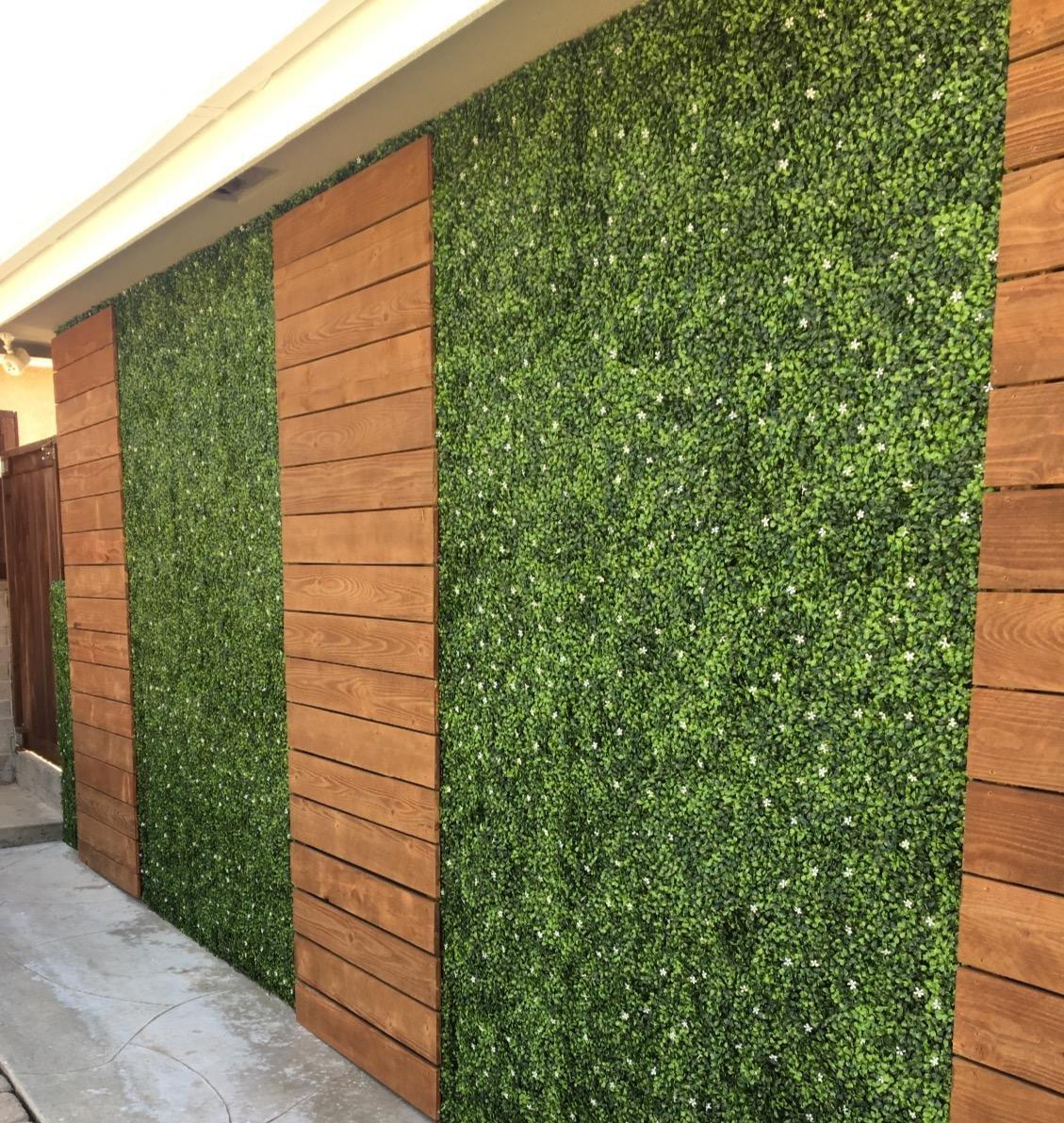
Wall Grass Design and Installation Service
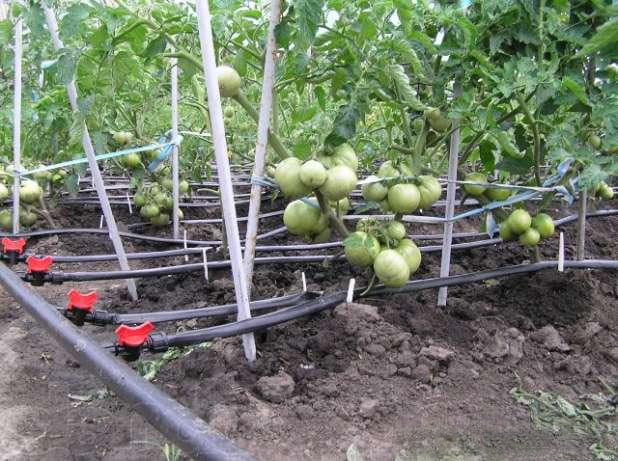
Irrigation Network Installation Service
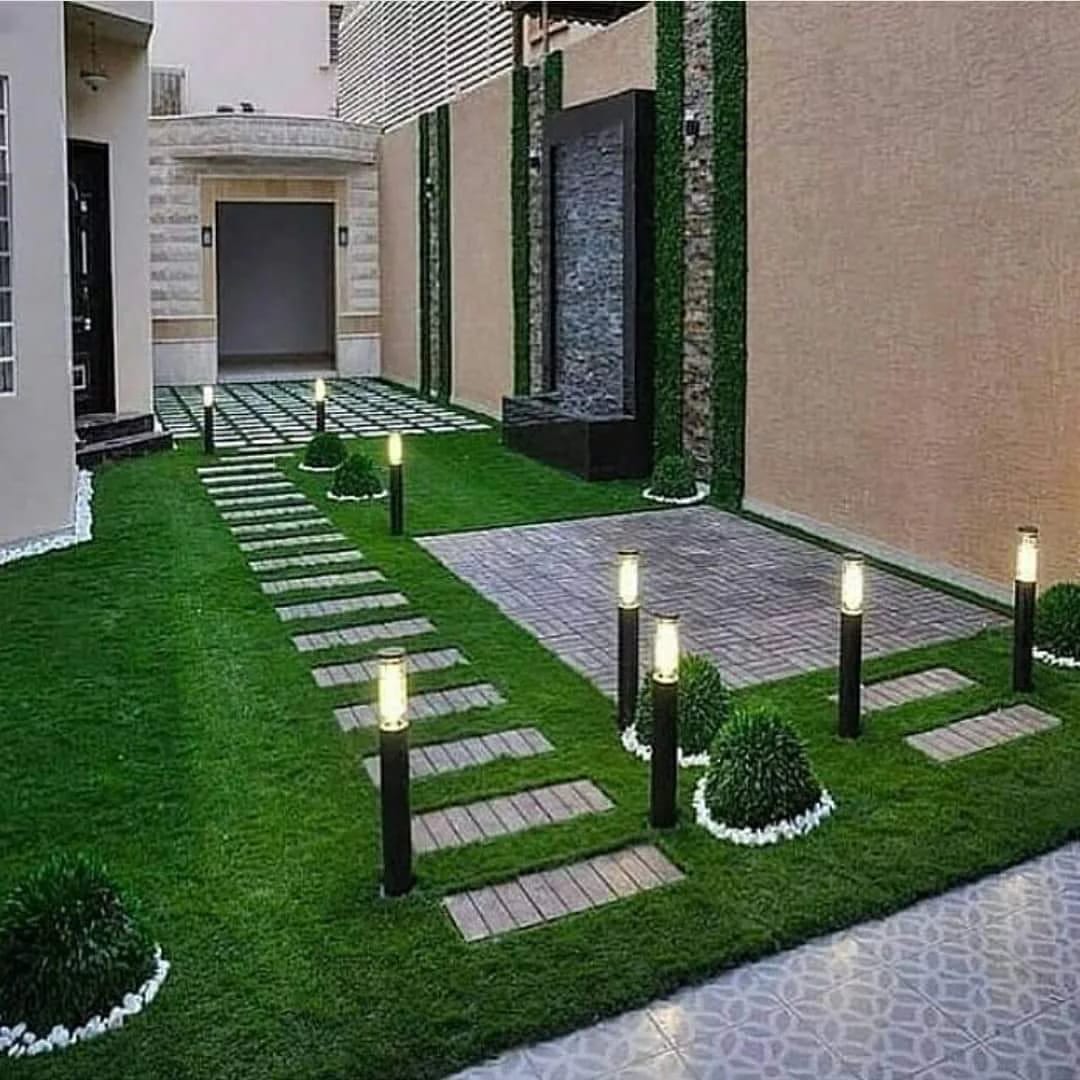
Landscaping Service
